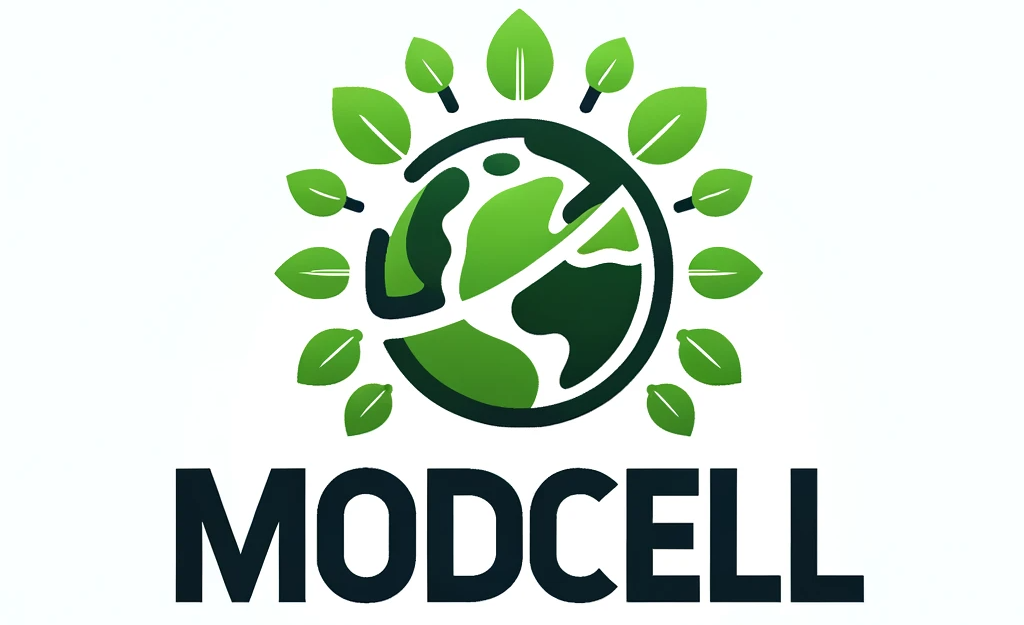In an era where environmental consciousness is paramount, green technology in our homes plays a crucial role in shaping a sustainable future. Smart devices, designed to save energy and reduce costs, are no longer a luxury but a necessity for eco-friendly living. These innovations ease our daily lives and contribute significantly to reducing our ecological footprint. This article delves into the world of green tech in our homes, exploring how these smart devices are revolutionizing our approach to energy consumption and financial savings.
The Evolution of Green Tech in Homes
The journey of green technology in our homes has been transformative. Gone are the days when energy conservation was limited to switching off lights and unplugging appliances. Today, we are witnessing an era of smart devices that intuitively manage our home’s energy use. This shift began with simple modifications like energy-efficient bulbs and programmable thermostats, but has rapidly evolved into a more integrated approach. Modern homes now incorporate advanced technologies such as IoT-enabled devices that communicate with each other, optimizing energy use in real time and adapting to our living patterns. This evolution marks a significant leap from energy saving to intelligent energy management, reflecting our growing commitment to sustainability.
Top Energy-Saving Smart Devices
Smart Thermostats: These devices are at the forefront of energy-efficient home technology. Unlike traditional thermostats, smart thermostats learn from your habits and adjust the heating and cooling of your home accordingly. By analyzing your schedule and preferences, they optimize temperature settings to ensure comfort while minimizing energy use. Brands like Nest and Ecobee are popular choices, offering features such as remote control via smartphones and integration with other smart home devices.
LED Lighting Solutions: Transitioning to LED lighting is one of the simplest yet most effective ways to reduce energy consumption. Smart LED bulbs, such as those from Philips Hue and LIFX, offer more than just energy efficiency. They provide control over brightness and colour, can be scheduled to turn on and off, and some even respond to voice commands. This customization not only enhances the ambience of your home but also contributes significantly to energy saving.
Energy-Efficient Appliances: Modern appliances, including refrigerators, washing machines, and dishwashers, now come with smart technology and energy-efficient designs. These appliances use less electricity and water, thereby reducing utility bills and conserving resources. Look for products with the ENERGY STAR label, a government-backed symbol for energy efficiency, to ensure you’re choosing appliances that meet strict energy efficiency guidelines.
Smart Power Strips: Often overlooked, smart power strips are essential in a green tech home. These strips prevent electronics from drawing power when not in use, a phenomenon known as ‘phantom load.’ By intelligently cutting off power to devices in standby mode, they help reduce unnecessary energy consumption.
The Financial Benefits of Green Tech
Embracing green technology in our homes is not just an environmentally conscious decision; it’s a financially smart one too. The initial investment in smart devices is quickly offset by the substantial savings on utility bills. Smart thermostats, for example, can save up to 10-12% on heating and 15% on cooling costs annually. Similarly, LED lighting, which consumes 75% less energy and lasts 25 times longer than traditional incandescent bulbs, offers significant long-term savings.
Energy-efficient appliances also contribute to financial savings. An ENERGY STAR-rated appliance can save hundreds of dollars in energy costs over its lifetime compared to a standard model. Moreover, many utility companies offer rebates and incentives for purchasing energy-efficient appliances, further reducing the overall cost.
Smart power strips also play a role in cutting costs. By eliminating phantom loads, they can save an average household up to $100 per year. Considering that standby power accounts for 5-10% of residential energy use, these savings are not trivial.
In sum, the financial benefits of green tech in our homes are clear. The reduction in energy consumption directly translates to lower utility bills, making these smart devices not only eco-friendly but also economically advantageous in the long run.
The Environmental Impact of Smart Green Tech
The adoption of smart green technology in homes extends beyond personal benefits, contributing significantly to environmental conservation. By reducing energy consumption, these technologies directly decrease greenhouse gas emissions associated with electricity production. Smart thermostats and LED lighting, for instance, play a vital role in lowering our carbon footprint. Furthermore, energy-efficient appliances not only consume less electricity but also reduce water usage, aiding in water conservation. Collectively, these smart devices help foster a more sustainable living environment, aligning our home life with broader ecological goals and paving the way for a greener, more sustainable future.
